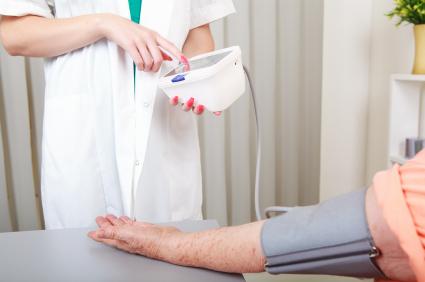 For many adults looking older could have an impact that reaches far below what’s on the surface.
For many adults looking older could have an impact that reaches far below what’s on the surface.
According to a recent study, people who show visible signs of aging are also at a higher risk of heart disease.
The study, presented at the American Heart Association’s Scientific Sessions 2012, found those who had three to four aging signs — receding hairline at the temples, baldness at the head’s crown, earlobe crease or yellow fatty deposits around the eyelid (xanthelasmata) had a 57 percent increased risk for heart attack and a 39 percent increased risk for heart disease.
“The visible signs of aging reflect physiologic or biological age, not chronological age, and are independent of chronological age,” Dr. Anne Tybjaerg-Hansen, the study’s senior author and professor of clinical biochemistry at the University of Copenhagen in Denmark, said in a statement.
Researchers analyzed 10,885 participants 40 years and older (45 percent women) in the Copenhagen Heart Study. Of these, 7,537 had frontoparietal baldness (receding hairline at the temples), 3,938 had crown top baldness, 3,405 had earlobe crease, and 678 had fatty deposits around the eye.
In 35 years of follow-up, 3,401 participants developed heart disease and 1,708 had a heart attack.
Individually and combined, these signs predicted heart attack and heart disease independent of traditional risk factors. Fatty deposits around the eye were the strongest individual predictor of both heart attack and heart disease.
Heart attack and heart disease risk increased with each additional sign of aging in all age groups and among men and women. The highest risk was for those in their 70s and those with multiple signs of aging.
In the study, nurses and laboratory technicians noted the quantity of gray hair, prominence of wrinkles, the type and extent of baldness and the presence of earlobe crease and eyelid deposits.
“Checking these visible aging signs should be a routine part of every doctor’s physical examination,” Tybjaerg-Hansen said.












